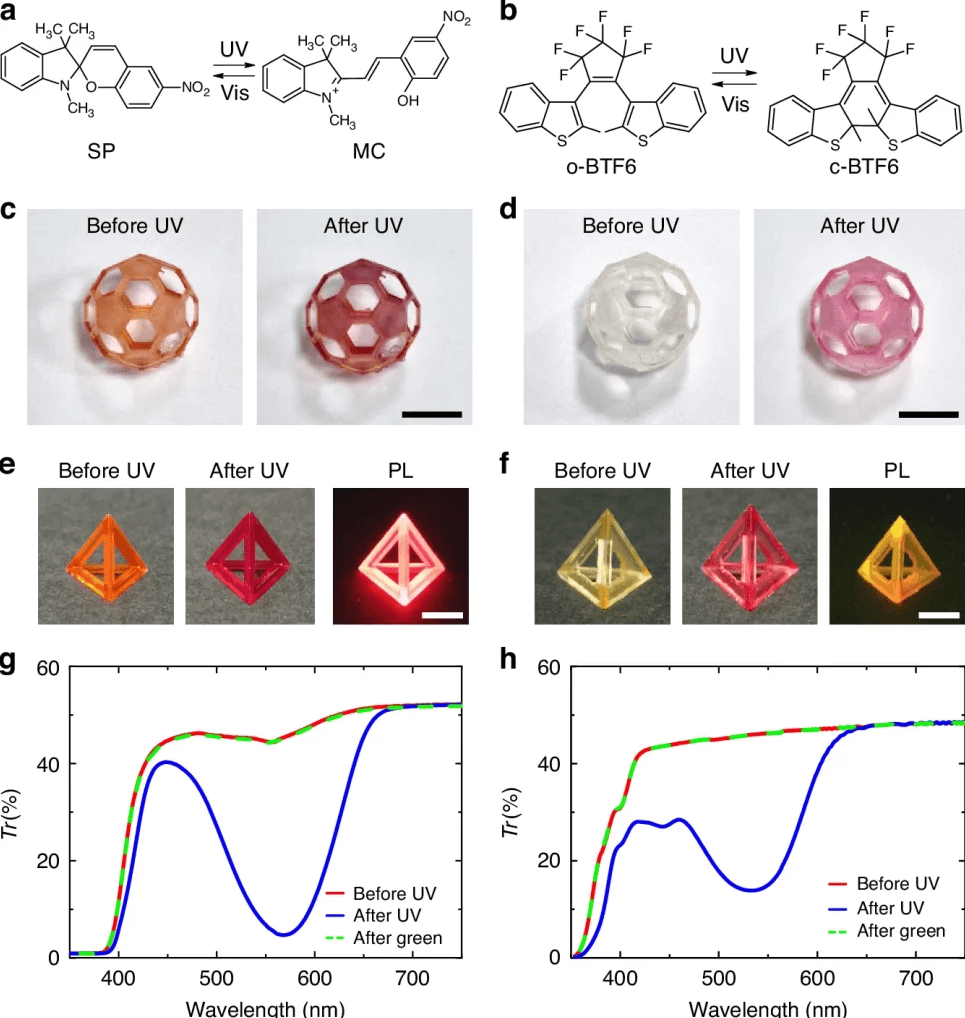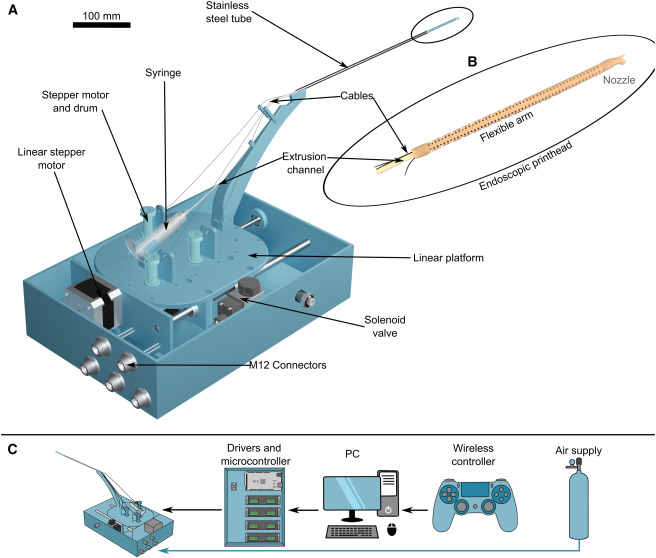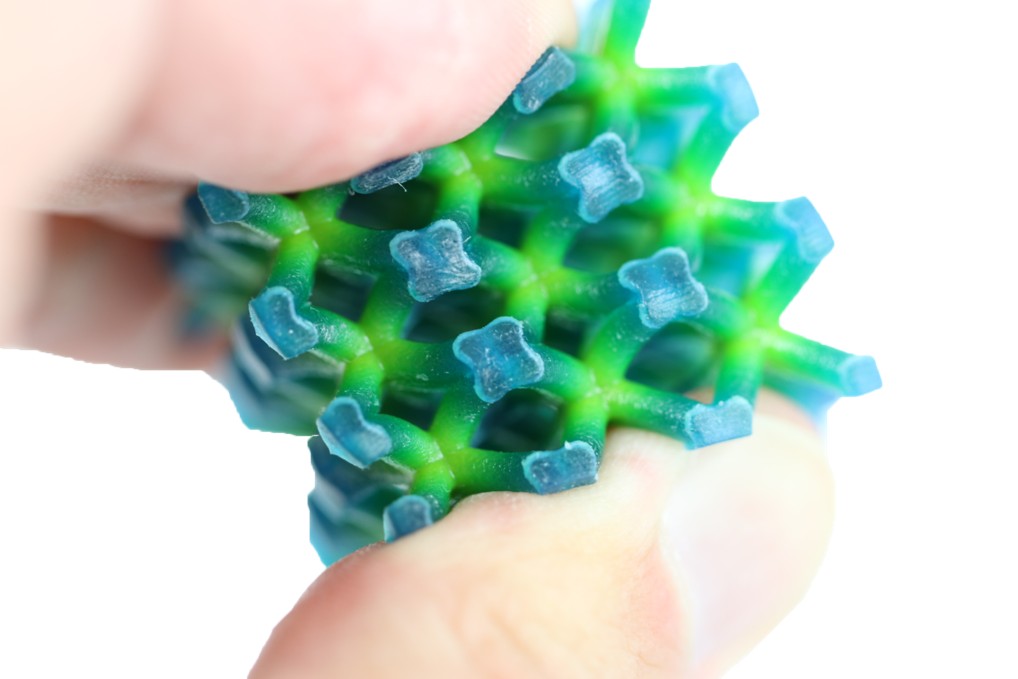
Date:2025-09-22 10:41:10
Dr. Mansoor Khan, researcher of Texas A&M University is advancing the use of 3D printing to produce medications tailored for children, addressing long-standing challenges in pediatric dosing. By creating dose-flexible tablets, his approach ensures that children receive the exact amount of medication required for their age and weight, eliminating the need for pharmacists to manipulate adult pills, a process that can result in imprecise dosages.
Layered 3D Printing for Precise Pediatric Dosages
Children often lack access to medications in suitable dosages, forcing pharmacists to rely on compounding adult pills into smaller portions, a method that can compromise quality. “The way we administer medication to children these days is very inefficient,” Khan said. “Liquid dosages can be more easily scaled down for children, but not all medications are in liquid dosage form, and it’s not very easy to make a liquid dosage form. It’s even more difficult for solid medications to be converted to liquid medications extemporaneously without a compromise in the quality.”
Using a 3D printing technique called “layering,” Khan and his team produce tablets that are both dose-flexible and customizable in shape and flavor, making them easier for children to take. “We are 3D printing medications, which gives us those flexible dosage forms, so we can change the dosages for children by making dose-flexible medications extemporaneously for the pediatric patients. With this innovation, you are giving the precise dose in the precise amount to a pediatric patient, very easily,” he said. This method also allows hospitals to provide antiviral and other therapeutic products in forms optimized for children.
In addition to Texas A&M University, other companies have made progress in the 3D printed pharmaceutical drug delivery field. Last year, in collaboration with Eli Lilly, Chinese drug 3D printing firm Triastek worked to research and develop 3D printed oral drugs for the gastrointestinal tract. This project utilized Triastek’s MED technology to create drug release profiles targeting specific areas of the digestive system.
Elsewhere, researchers from the MERLN Institute, University of Santiago de Compostela, University College London (UCL), and the UCL spin-out FabRx developed a method to 3D print tablets in seven seconds. Unlike traditional layer-by-layer photopolymerization, this team used a volumetric 3D printing technique that cures entire vats of resin in a single run, speeding up the production of customized medications.
Additionally, a team from the Max Planck Institute for Informatics in Saarbrücken, Germany, and the University of California at Davis developed 3D printed pills that can release drugs at controlled speeds. The team showed how the pills’ shapes can be printed to control the dissolution rate in the body, offering new possibilities for drug delivery.





